Last Updated on September 1, 2021 by Steve Hogg
All humans function asymmetrically. This is normal and the product of many things; differences in limb length, neurological, skeletal and muscular differences between the left and right sides; handedness, footedness, the dominance of one eye over the other and so on. We have evolved to walk, run and jump in an upright position and as a species, generally cope well with our asymmetries while performing these activities, because our pelvis isn’t fixed in space and can tilt to either side to accommodate uneven terrain, unequal leg length or other asymmetries.
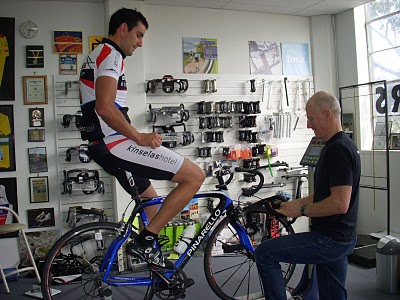
A bike is a symmetrical apparatus, unlike the human atop of it. The seat is over the centre line and the pedals and handlebars are equidistant from the centre line. It follows that to best interact with a bike, a cyclist needs to be as functionally symmetrical as possible. But we have not evolved to cycle, an activity that requires a prone torso position and flexed lumbar spine, and in contrast to when walking or running, our pelvis is more or less fixed in position by the seat and our feet are fixed in position by being engaged in pedals. The position of the hands is fixed but in variety of positions; brake hoods, bar tops, bar drops and / or aero bars. This largely ‘fixed’ position means that there is a greater risk of overuse injuries developing while cycling compared to walking, because the body is locked into a relationship with an apparatus, the bicycle, which allows less tolerance for asymmetry.
All issues of injury or discomfort while riding a bike (crashes aside) stem from only 2 general, overlapping causes. The first is simple problems with the position. These are easy to resolve and examples are matters like a cleat angle that isn’t correct, poor seat height or setback, poor bar position and so on. The second is because of the fundamental mismatch that occurs when the biomechanical and neurological asymmetries of the rider interact with the mechanical symmetry of the bike. Before discussing this further, I need to make clear that neural function precedes biomechanics in importance. Why?
Every action on a bike starts with a signal from the brain or elsewhere in the central nervous system, which in turn is based on a constant flow of proprioceptive feedback from the body (see definition below). The key to achieving a quality outcome for a client lies in optimising this central nervous system / body feedback loop within the constraints caused by the rider’s functional makeup. Biomechanics are important but optimal biomechanical function largely depends on optimal neural function.
What is proprioceptive feedback?
Proprioception is the name given to the central nervous system’s awareness of the body in space. Many millions of sensory nerves known as proprioceptors are located in the joints, muscles, tendons, ligaments, eyes, ears etc and convey a constant flow of information about their position in space, relationship to gravity and the load being experienced to the central nervous system. This process is known as “proprioceptive feedback’.
A basic problem occurs though. The amount of stimuli reaching the central nervous system every second is massively higher than can ever be processed and acted upon. That means our awareness of our body is space is much filtered and imprecise. One result of this is that many riders assume that they function symmetrically on a bike because that is their mental picture of themselves while cycling. More often than not, the reality of their situation is somewhat different.
To achieve as close as is possible to ideal neural and biomechanical performance means reducing or removing any challenge to the subject’s position. A challenge is any factor that creates a need for a compensatory response due to a negative impact on the the rider’s stability or symmetry on the bike. Challenges fall into 3 broad categories – Positional, Functional, and Neurological. Positional Challenges are issues like poor seat position, bar location or cleat angle and setback. Functional Challenges are matters like differences in limb length, lack of adequate flexibility or an asymmetric pattern of flexibility; differences in foot morphology between left and right sides and so on. Neurological Challenges are matters like a pattern of cerebellar hemispheric motor control dominance; suboptimal proprioceptive feedback from the parts of the body involved in applying force to the pedals; matters relating to effects that issues with sight and the vestibular system have on posture and spatial awareness. Lastly, there is a subclass of Neurological Challenge that I will call Material Challenges. A Material Challenge is when bike equipment or accessories are composed of materials that have a negative effect on fine motor control and / or proprioceptive feedback.
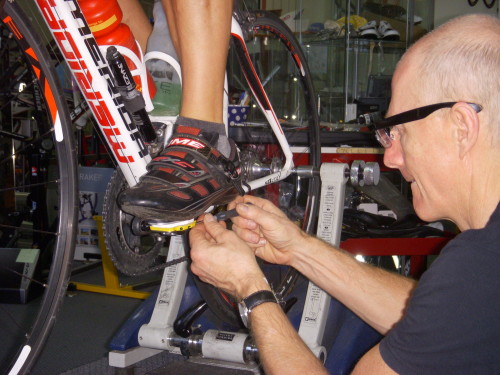
All challenges inherently reduce efficiency and performance and increase the tendency to injury. Any challenge to the position causes the rider to develop a pattern of compensation. By nature, the compensatory responses evoked by a challenge work by further increasing the rider’s tendency to asymmetry which is antithetical to the desirable goal of achieving as high a level of functional symmetry as possible while cycling. In addition, compensatory patterns don’t solve a problem; they merely shift the load elsewhere. The central nervous system is adept at allowing the body to compensate for a less than perfect interaction with the bike but has no way of predicting the long term consequences of compensating for a challenge without being consciously aware of the situation. It is this lack of ‘predictive foresight’ that increases the chance of injury over time. Today’s compensatory ‘solution’ may well be next month’s or next year’s problem. In practice there are multiple and overlapping challenges and compensatory responses present in any individual case.
While bike fitters generally take a biomechanical or biometric approach, rather than working from a neurological perspective, the fitters that provide a high quality service are in effect, reducing or removing many of the challenges to the positions that their clients hold on the bike. But the commonly used biometric and biomechanical models only work to a point because these models ignore material challenges and many common neurological challenges. A major but little known neurological challenge to the positions of almost all riders is that very, very few riders enjoy clear proprioceptive feedback from the feet while cycling.
To explain: It can be demonstrated that all but a tiny fraction of riders enjoy clear proprioceptive feedback from hips, knees and ankles, but not from the feet while cycling. Yet it is through the feet that we transfer power to a bike. This lack is a largely unrecognised challenge to the rider’s position and provides a major trigger for an increased tendency to asymmetry because in a motor control sense, the central nervous system is working with incomplete information while the body is applying force to the pedals. When proprioceptive feedback from the feet (and more often than not, one eye) is restored, pelvic asymmetries of function present while riding often moderate noticeably and occasionally disappear. Ensuring that the central nervous system receives clear information from the feet means that there is a lesser need to maintain many of the asymmetric patterns of movement and function that are the compensatory response(s) for the lack of clarity in the transfer of neural information.
Optimal proprioceptive awareness is intimately related to posture and function. No one has perfect feet, so metaphorically speaking; a measure of static is added to the signal traffic relayed by the feet to the central nervous system. By this I mean, that the signals are generated and reach the central nervous system but not in a form that stands out from the ‘background noise. Even so, these signals can be easily read by the central nervous system providing the lumbar spine is near perfectly supported and aligned. We have evolved to walk and run, not cycle, and it takes almost gymnastic flexibility to reach out to the drop bars of a road racing bike while maintaining near perfect lumbar alignment and support.
The upshot of all of this is that in respect of receiving clear proprioceptive feedback from the feet, the central nervous system can cope with imperfect cant of the feet OR imperfect lumbar alignment and support, but not with both, without being challenged to the point where the potential for overuse injury and diminished performance increases significantly. This can be averted by using conscious thought to ‘correct’ technique (assuming the rider is aware of the situation). This can work until attention drifts, as it always does, and the rider reverts to whatever technique comes naturally, no matter how suboptimal this may be, because of the constraints that their structural fitness (or the lack of) and bike position impose upon them.
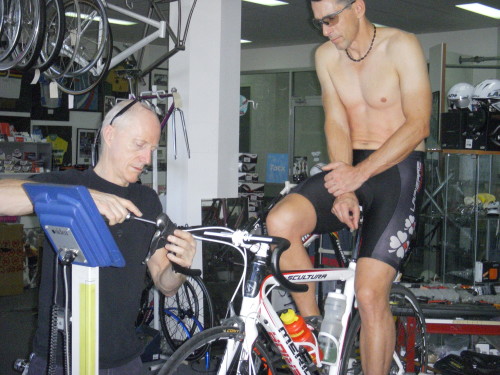
As only a tiny fraction of the cycling population has the extraordinary flexibility and functional stability required to ride a bike without compromising perfect lumbar spine alignment and support, then the cant of the feet needs to be perfect for proprioceptive signals from the feet to be ‘heard’ loudly and clearly by the central nervous system. Perfect cant is achieved is by using a combination of the individually correct degree of arch support and the individually correct number of cleat wedges, inshoe wedges (but definitely not Specialized in shoe wedges), heel wedges or a perfectly prescribed pair of orthoses.
However, the general methodology for prescribing orthoses is based around running and walking mechanics in which the heel is fixed to the ground for a period during each stride. Cycling differs because the heel is in more or less an open kinetic chain. These differences in activity mean that in my experience, it is rare to see a perfectly prescribed pair of orthoses in cycling shoes. One degree of cant too much or too little will cloud the proprioceptive response.
Adding importance to this is that much of the movement integration, in this case, the flexor on / extensor off, flexor off / extensor on muscle firing sequence of the pedaling action of the legs is determined by the CPG, a bundle of neurons located in the lumbar spine, with the process being overseen by, but not directly controlled by the brain. The CPG responds to force feedback from the feet making it likely that the more accurate the proprioceptive response from the feet, the more accurate the movement integration process of the CPG.
Wedging the foot subtly affects the relative position of the various elements in the kinetic chain involved in pedaling. Quality bike fitters use any combination of observation (whether by eye, motion capture, video capture), trial and error, client feedback and educated guesswork to determine the degree and orientation of wedging. I have moved away from this view and have found that a test based on ensuring proprioceptive clarity from the feet to be empirically accurate in the sense that it improves the functional symmetry, minimises the chances of injury and increases the performance of my clients. In many cases this has resolved long standing overuse injuries from cycling that have defied repeated attempts by a suite of health professionals and bike fitters to resolve.
Note: As far as foot correction is concerned, arch support is paramount but for most people, some degree of wedging is also necessary. It is important to mention that the CNS response to the feet is so sensitive that if the correct number of wedges are used, but in the wrong location, there will be short term improvement in proprioceptive response only. Wedges can be added to the underside of the heel of the shoe insole, between cleat and shoe sole or underneath the forefoot of the insole. Only the correct placement, or combination of placements works perfectly.
The pelvis’ key role in functional symmetry while cycling
Pelvic stability is the foundation of a good position. The legs hang down from the pelvis and the torso extends from it. The effects of any pelvic asymmetries present while cycling flow outward to the periphery; i.e cause differences in function between each leg, each side of the torso and each arm. When the pelvis isn’t square on the seat, one leg will reach further than the other, the plane of movement of one or both knees will be challenged, one side of the torso will have to extend more than the other, one shoulder may be lower and / or thrust further forward than the other and so on ad infinitum. All riders will autonomically do whatever is necessary under load to stabilise the pelvis. The more musculature that needs to be enlisted in the quest for pelvic stability, the less efficient the rider will be. A quality bike fit should ensure the highest attainable level of functional pelvic symmetry at the lowest metabolic cost consistent with the structural and functional makeup of the rider.
Note: Often, more specific answers to your questions can be found in the Comments below or in the eBooks section and FAQ page.
To learn more about bike fit products offered by Steve, click here.
Do you have a bike fit success story? Please go here to share.
Thank you for reading, return to the Blog page here or please comment below.Comments (14)
Comments are closed.




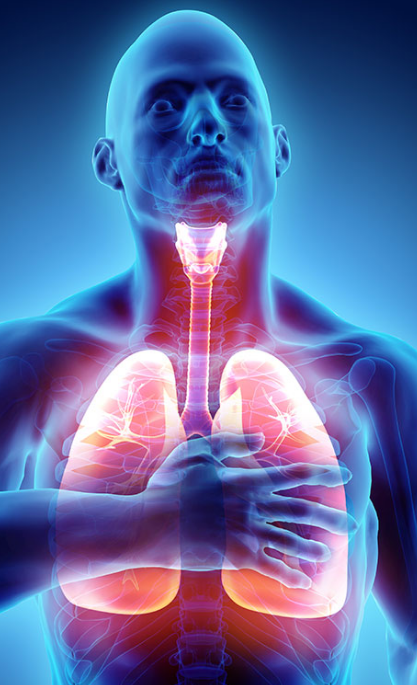
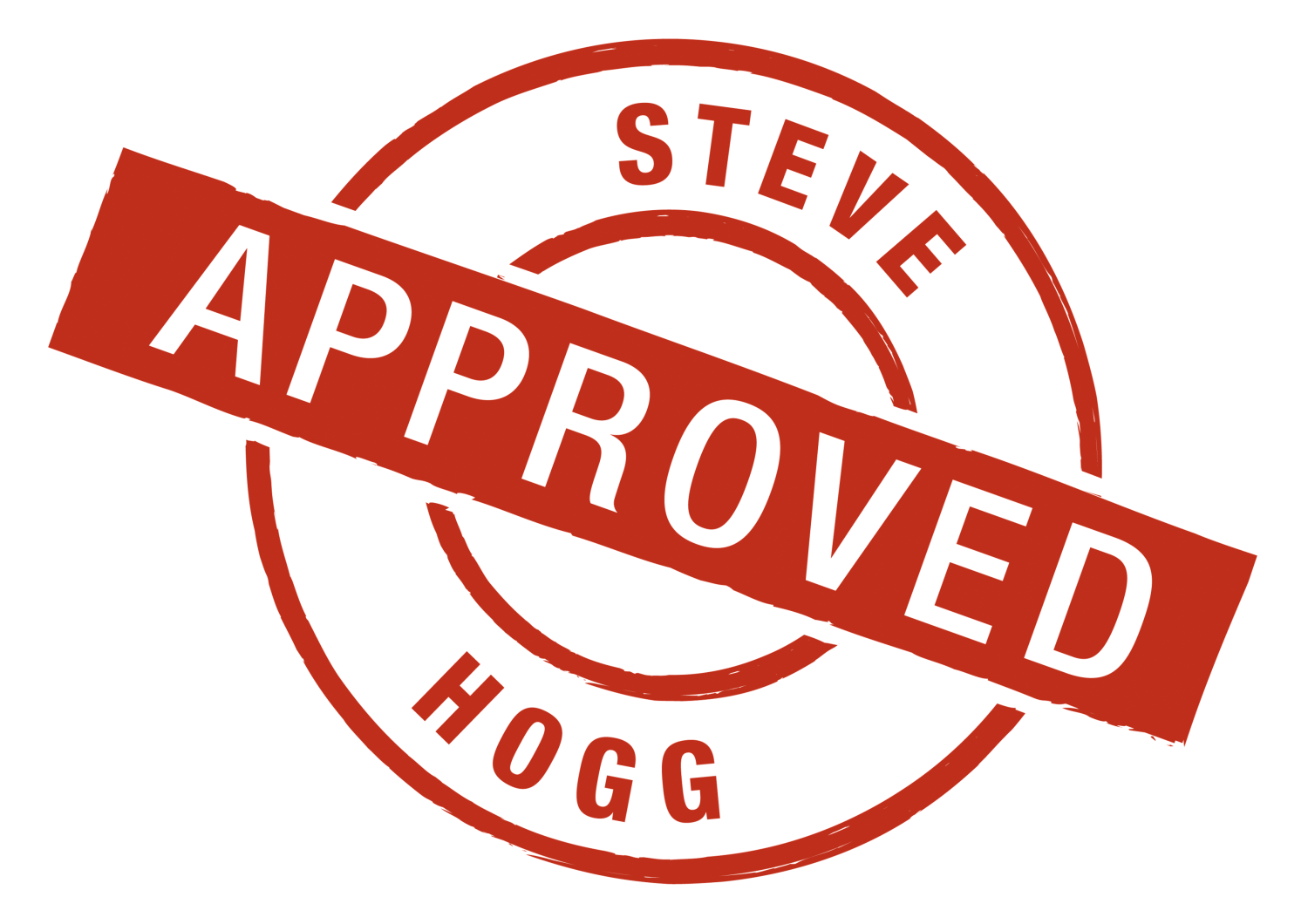

Hi Steve, stunning stuff. You are on the leading edge. Hurry up and come to the States!
Best Wishes,
Wil
Yes – Sorry your trip to Austin was canceled. – Wayne
G’day Wayne,
Yes, so was I. There was a couple of things that didn’t
work out that meant it wasn’t viable. I’ll be in the U.S. in September to
talk to some people. If that goes well I’ll be back several times in 2012
and will post accordingly.
Steve, Thanks for the great information and thought provoking reading! I don’t have any fit issues (or at least no adverse symptoms from fit issues I am not aware of) but have been greatly interested in the topic of the interaction between bike and cyclist for years. In that light, I am intrigued by your comments regarding proprioception and CNS feedback and am curious about your view regarding sock thickness. Perhaps you have already commented on this but if not, can you share your thoughts?
Regards, Charles
G’day Charles,
I’ve evolved a testing protocol to quantify and optimise proprioceptive feedback from the feet. All of the testing is done with the subject’s socks on (as this is how they ride) and it has never had any impact on the test results. So socks are fine.
Wow, one of the most concise, well put together explanations ive ever read. As a bike fit specialist all of this rang so true i wish everyone had a chance to understand this. If you are ever in Southern California i would dig a chance to meet. Going to be following you and your site and recommend that most of my clients read through your articles. Keep it up!
G’day Damon,
Thanks for your positive comments. Southern California?
Dunno. Not sure what the future holds, but if so, yeah, happy to chat.
Hi Steve,
I am a mountain biker (love hills) and have been reading your website for some time, I have now bought your ebooks and I am going through them, but what I could do with is a very top level idea of what order I should go through things as there do appear to be some iterations required.
So do i need to start by adjusting seat height then, seat for and aft, then seat angle (it’s a dual suspension bike, then cleat position, then any feet support, then handlebars? I do have a magnetic tacx turbo trainer to help me.
I’m a little bit confused you see. I know you can’t fit me using this forum and I know even using your ebook is limited but just a general order of things will help me.
thank you
Will
G’day Will,
I don’t have a set order of fitting. I start with what appears to be the biggest problem and then work to the lesser problems, reassessing every previous change after each subsequent change.
However, if you want an order of changes, here goes:
1. Cleat position fore and aft and rotational movement.
2. Arch support
3. Seat Height.
4. Seat Setback
5. Bar Position
In practice it is hard, if not impossible to follow a strict by the numbers order of changes. For instance if you need to move your cleats back markedly, you may cause the legs to extend more than is comfortable. Which means in turn that you may then need to address seat height rather than arch support. The key is after every change, follow the advice in How To Avoid Bike Fit Hell and reassess every other parameter of position. If this doesn’t sound easy, it’s not. Run every change in position through the filter of –
Do I feel more stable?
Do I feel more comfortable?
Do I feel more powerful?
Sometimes a yes answer to each of those questions is not immediately
apparent so it is worth riding for a week or so with any change unless it is
immediately and strongly negative.
Thank you Steve,
I’ll give it a crack.
Will
Will, you may have found the posts already related to Steve’s answer, but just in case and for other readers, I’ve listed the links in question one of the FAQ page: http://www.stevehoggbikefitting.com/faq
Thanks Steven
I see a lot of info related to seat height/position and cleat position but either I can’t find it or it has not been detailed, and that is stem length! When riding my road bike in the drop position on my handle bars I have a curved back! Slight knee bend is near perfect, so my saddle height is not really an issue, but I often have the feeling that if I have a slightly longer stem then I can have a more flat back! Or am I wrong?!!!
G’day Darren,
There is plenty of info on the site about seat height,
seat setback and cleat position. Seat Height- How Hard Can It Be; Seat Setback – for road bikes; Power To The Pedal – Cleat Position are the posts you should be reading for starters.
As to your contention about stem length; I know nothing about you and so can’t offer an opinion. Your back may be curved because your ability to extend the thoracic spine is poor, or as you say, maybe your stem is too short. Fit a 10mm longer stem and find out.